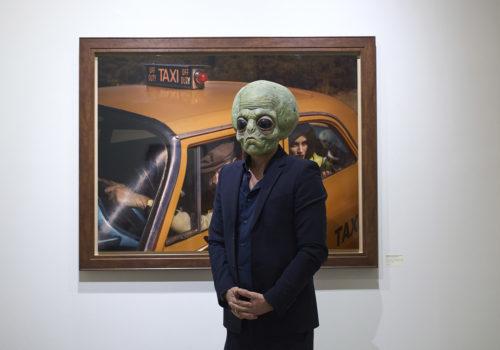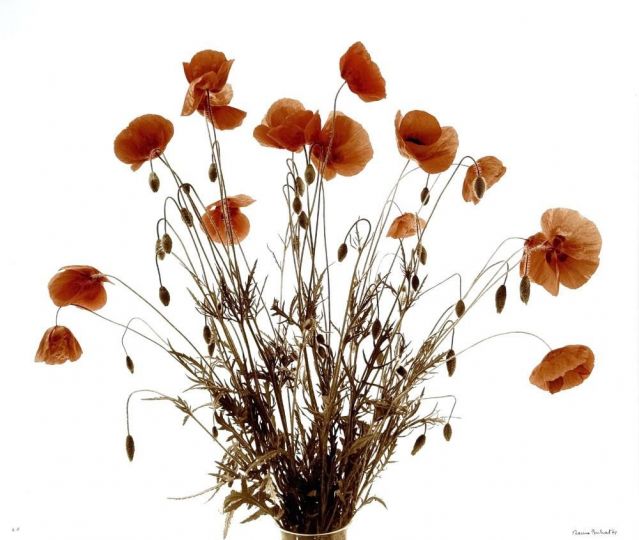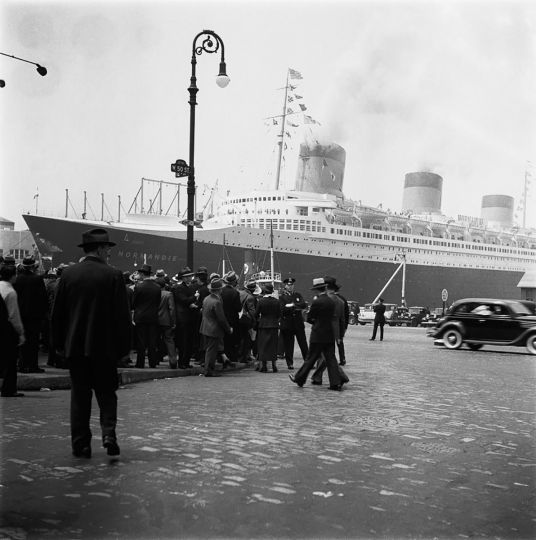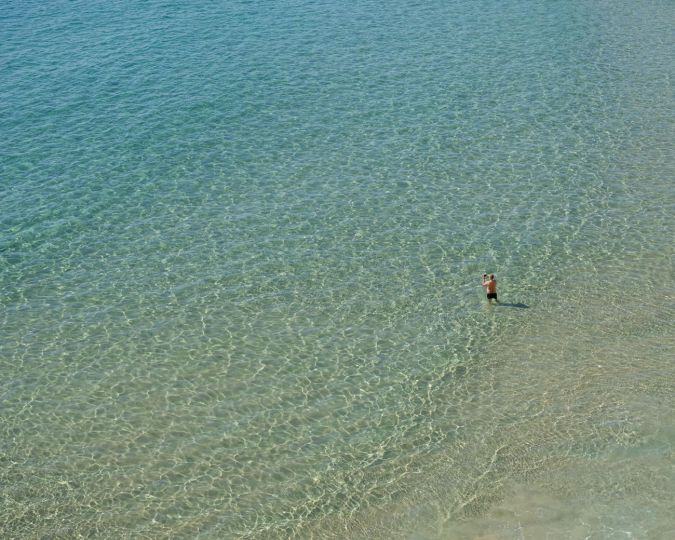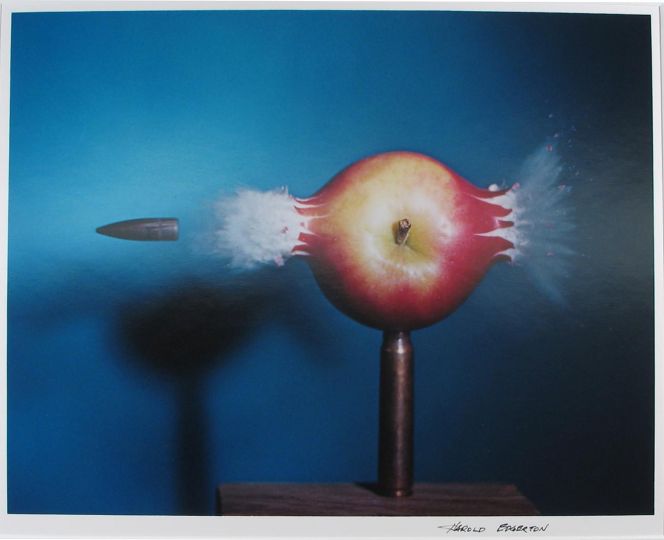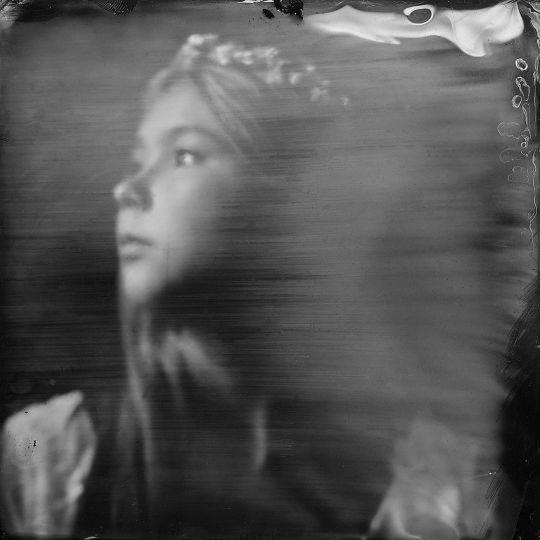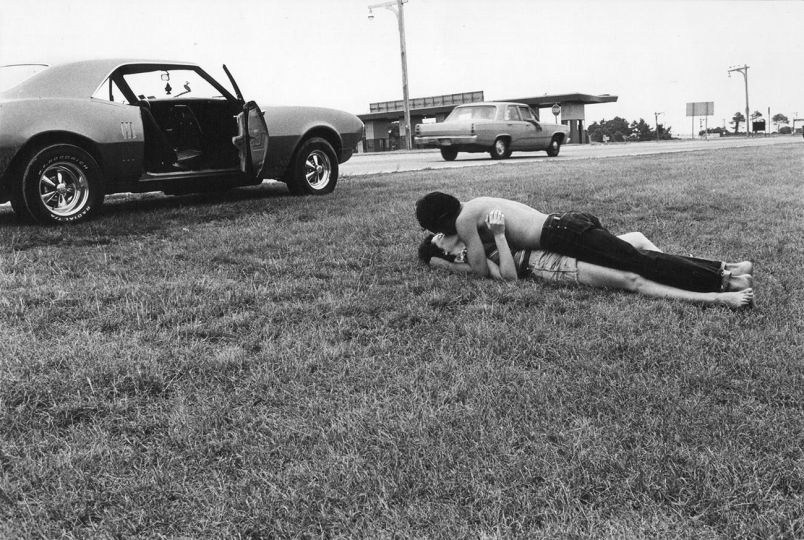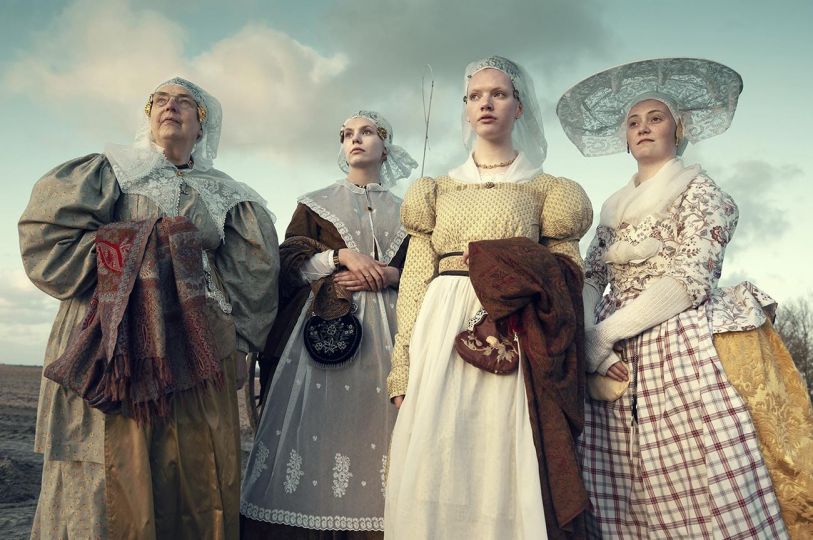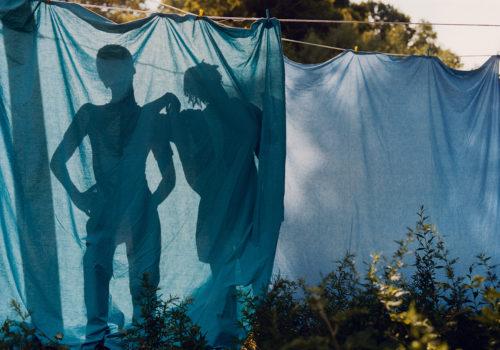This day dedicated to Sacha Goldberger was born around a drink with Séverine Morel one late afternoon in June.
Sacha showed us a glimpse of his recent work and we wanted to know more.
This is the path that we want to favor this fall: showing in depth the work of a photographer.
Thanks to Carole Schmitz who organized this edition and is the author of all the texts.
Jean-Jacques Naudet
Sacha Goldberger is a renowned artist known for his creative and often humorous photographic projects. He loves to blend pop culture, historical references, and fantastical elements. His unique and imaginative work, characterized by meticulous attention to detail, vivid aesthetics, and strong narrative elements, has earned him international recognition. Beyond his creative approach, what is particularly important for him is the connection he builds with his clients, as well as with the gallery owners and collectors he collaborates with. For him, these relationships are essential and translate into a deep commitment to produce large-scale exhibitions and custom works.
He dedicates himself to original subjects, which he revisits from a contemporary perspective. His works do more than just fascinate with their aesthetics; they also tackle current and universal themes such as craftsmanship, feminism, the power of stories and imagination, as well as our relationship with nature. Through his series, Sacha Goldberger doesn’t just create images; he tells stories that resonate with the challenges of our time.
You started photography later in life. What prompted this shift?
Sacha Goldberger: I worked in advertising for a long time and directed many photographers. Even then, I had a lot of ideas that I would ask them to realize. However, the first time I took on the role of a photographer was to create a love book for a girl who was dear to me at the time. I titled it “The Little Book of I Love You.” It was a real success, selling over 130,000 copies in various languages in different countries. I believe this sparked my desire to become a photographer and initially led me to create other books and, importantly, to invest in professional equipment, including a Rolleiflex and a Hasselblad. After that, I enrolled at Gobelins for a year to learn everything I didn’t know.
Which photographers’ work did you admire?
S.G.: My photographic culture initially came from advertising, as you can imagine, which is full of talent. People don’t realize the number of artists who collaborate with brands! But it’s clear that artists like Paolo Roversi or Richard Avedon, to name just a few, are photographers who, although classic in a certain way, are above all very inspiring.
We can’t talk about your work without mentioning the series you’ve done over the years with your grandmother, Mamika…
S.G.: The genesis of the series with my grandmother started when I began photography. Around the same time, she retired, so she was available. This allowed me to experiment, trying all sorts of things with her, telling funny stories, creating characters, and staging them with references to pop culture. This enabled me to test, understand, and create my universe and find my voice. She gave me the opportunity to improve. We took over 5,000 photos together over several years and had incredible moments. These images have been exhibited and published numerous times. It was a different way for me to talk about aging, but also about illness, as over the years, my grandmother was affected by Alzheimer’s disease. She was an amazing woman with such a free and creative spirit, who was my greatest love before my wife Lina.
Your photo series often resemble big productions, which is somewhat contrary to the times we live in, isn’t it?
S.G.: I’ve always worked this way; it’s what my years in advertising taught me. I’ve simply applied these methods to my personal work. Since everything in my work is highly significant, my team usually includes a hairstylist and a makeup artist, a stylist, and if necessary, a decor stylist. I also work with many artisans to create bold sets and “historical, futuristic, or contemporary” objects, which is often a challenge for them. Casting is also very important; characters are chosen carefully because they need to embody a certain era and aesthetic. And finally, my retoucher, with whom I finalize my images. In short, I try to produce quality work with quality people.
Where does your taste for sets come from?
S.G.: What matters most to me is the story I must tell. So, if that story requires sets, we create those sets. I grew up in these environments—my mother was an art deco dealer—so it enriched me and gave me a taste for beautiful things. In general, the sets also help me construct my stories.
Your work often plays with conventions. Do you have a bit of a provocative side?
S.G.: I do enjoy stepping slightly to the side. What interests me is encouraging reflection on serious or grave subjects, but in a light-hearted way. My work allows for multiple levels of understanding in each image. The first level might be purely aesthetic, and then, by digging a little deeper, you discover something more profound.
Overall, what inspires you?
S.G.: Cinema and painting inspire me a lot. But the mechanism of creativity is very obscure. Sometimes I start with one idea and end up with something very different.
Many of your series are shot in a studio. Is that more comfortable for you?
S.G.: It’s often the subject that decides whether I work in a studio or outdoors. But indeed, anything related to portraiture is often done in a studio; it’s more comfortable.
However, there are two series, very different in terms of treatment, that stand out from the others. I’m referring to “770 Lubavitchs of Brooklyn” and “Les Invisibles de l’Élysée”…
S.G.: That’s right. I sometimes like to go where I’m not expected. I created the series on the Lubavitchs—which, even though it looks like reportage, is completely staged—because I’m Jewish, and at that time, antisemitism was already very present. I wanted to show something else, to demonstrate that Judaism isn’t just “Would I Lie to You?”, but also a religion full of subtleties, humor, and quirks. Each image tells a story and poses questions. On the other hand, “Les Invisibles de l’Élysée” was a different kind of adventure. It was a sort of commission, but also a very enriching experience, which led me to create portraits without artifice, without particular staging.
What encounter has most marked your career?
S.G.: There are two: Pierre Richard and Mathieu Chedid. I’ve worked a lot with both on very different projects. I have a special relationship with these two men. Working with Pierre Richard is like stepping into cinema, being in the absurd, but it’s also enriching because he has given me so much; he is very inspiring. As for Mathieu, his universe is more poetic, and I greatly appreciate his demand for quality.
What’s your view on photography today, and more generally, on art?
S.G.: Contemporary art has evolved a lot in recent years, and it’s true that we can see some magnificent things. However, I regret that narrative projects are not given enough prominence. Personally, I love aesthetics; it’s what moves me, but unfortunately, it seems to be less fashionable nowadays. And let’s not forget the intervention of artificial intelligence, which in some ways is a good thing, but with which I have less affinity because it seems to me that photography is above all a matter of human relationships and a way of taking one’s time.
What do you see as the common thread in all your series?
S.G.: It’s the human element! And while the human aspect is crucial, that slight step to the side is also important—the other way of perceiving things, that little something you don’t immediately notice but that takes you further, into a story, into emotion, into an imaginary life. I don’t like limits and boundaries, neither in space nor in my mind!
How have social networks changed our approach and perception of photography?
S.G.: I would say that the positive side of social networks is the exposure and visibility they provide, which we didn’t have before. Networks allow us to present our stories, our worlds, and their evolution in a very readable and accessible way. They facilitate encounters with the public. But there is a downside to this coin because social networks will never allow us to view a work with the same pleasure and enjoyment as when we look at a printed image. For me, the print remains the best medium; it allows us to project ourselves, to dive into the work, to feel emotions. What interests me is the impression I leave.
If you had to immortalize the present moment, what kind of photo would you take?
S.G.: I would probably create an image that allows us to escape, to tell a story by moving as far away from reality as possible. The Olympics were fantastic for that. For two weeks, we experienced incredible things.
What upcoming projects are particularly close to your heart?
S.G.: First, a film I’ve written, which I’d like to direct, and in which the main character could be my grandmother. It’s about life, illness, but above all, the power of imagination and love. It shows that you can write your life and live it with intensity and fantasy. I’ve also written children’s stories that I’d like to publish. These are the two projects closest to my heart right now.
Is this a new way for you to challenge yourself?
S.G.: I think that storytelling has always been my driving force, no matter the medium. Photography remains my primary form of expression, but trying something new excites me—so why would I hold back? Maybe I’ll discover that I have a great talent for filmmaking! I’m far from done expressing myself and telling stories.
Among the series you’ve created so far, what is your top 3?
S.G.: In order: “Louis CXIV,” “Bad Ass Ginger,” and of course, “770 Lubavitch of Brooklyn.” I have a particular fondness for this black-and-white series full of poetry. I photographed it in Brooklyn over two months, and I had some wonderful encounters. It’s almost like a tribute to the spirit and humor of my grandmother. Each image tells something about the richness of Judaism. We need that right now.
Interview by Carole Schmitz
Sacha Goldberger is launching a series of workshops on various themes.
The first one, “Staging and Creativity,” in collaboration with the Leica Akademie, will take place near Paris from October 4th to 6th.
Contact: [email protected]
Website: sachagoldberger.com
Instagram: sachagoldberger

